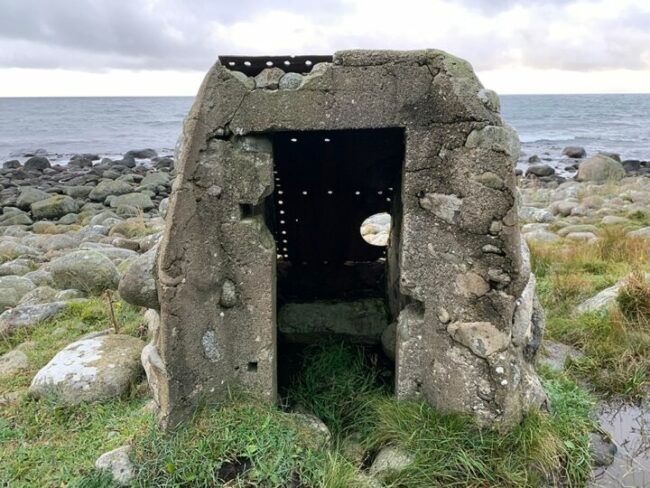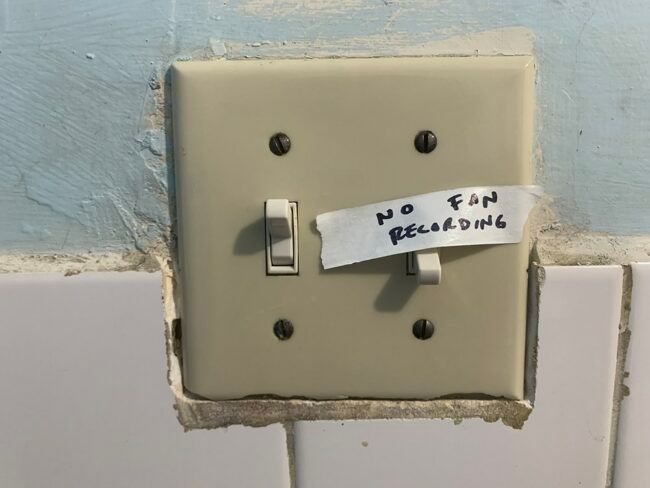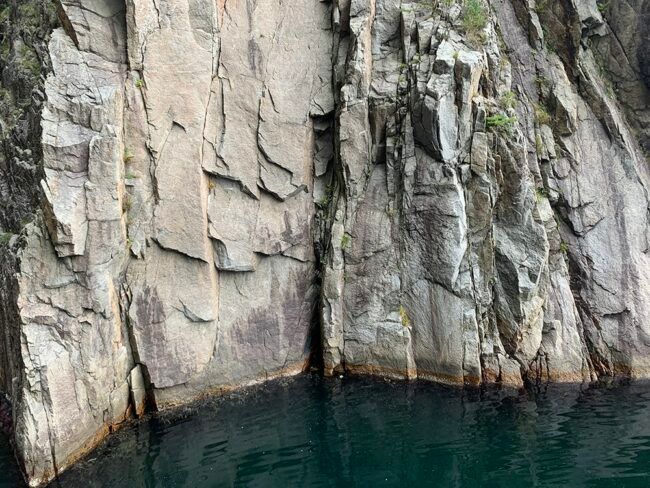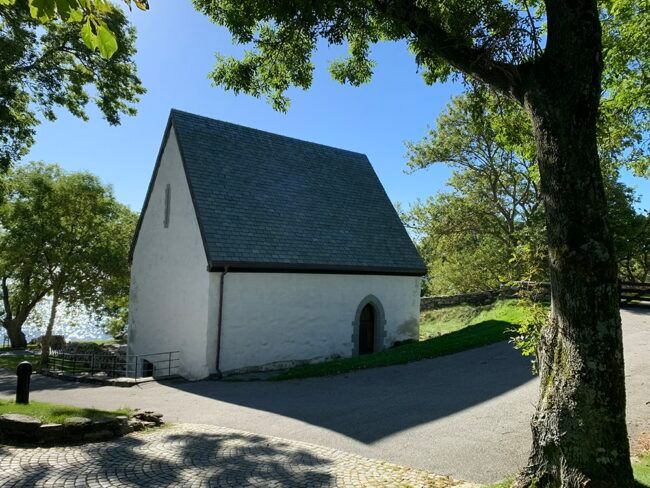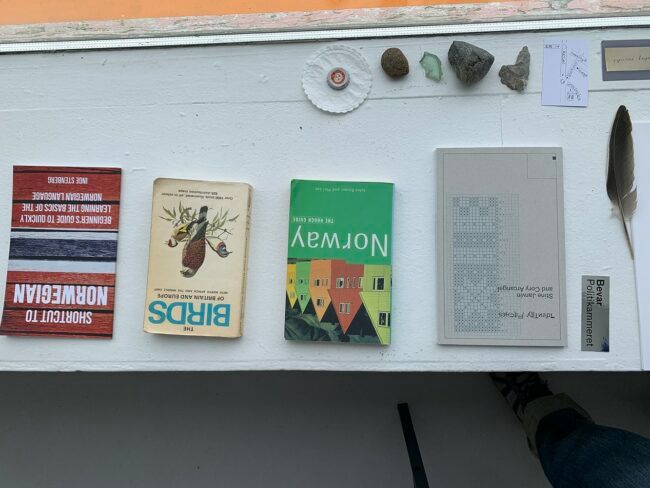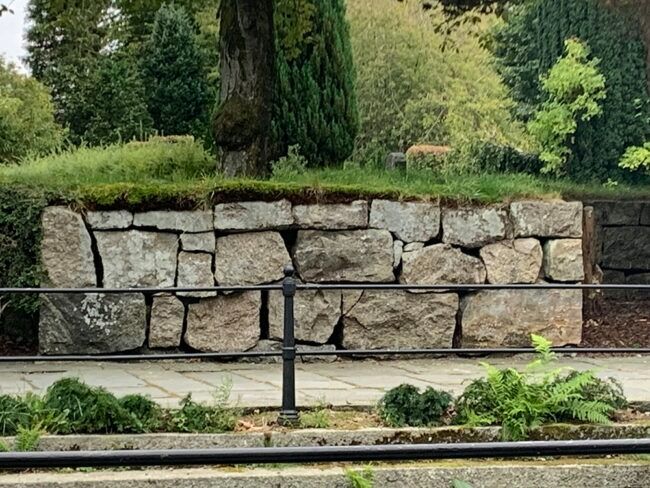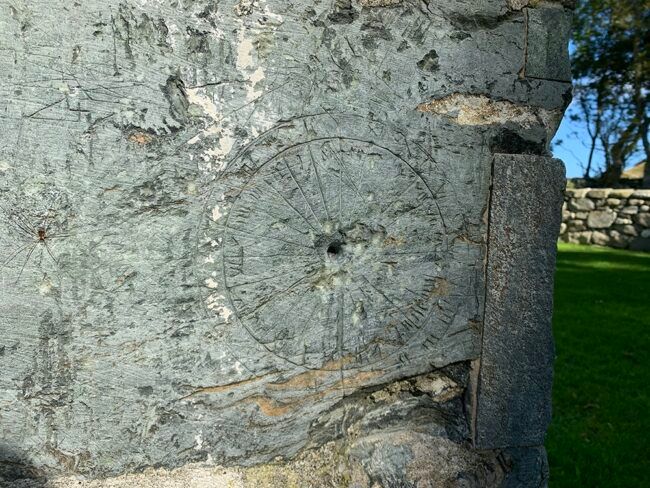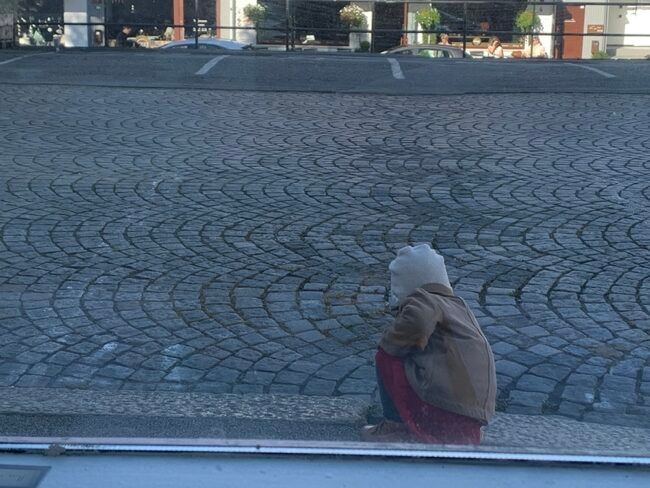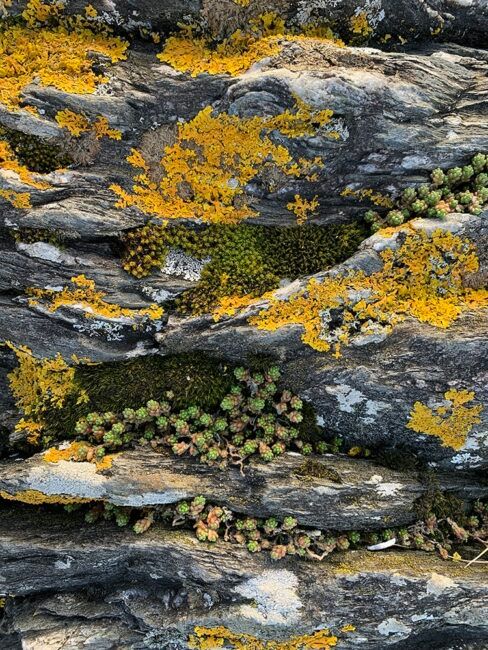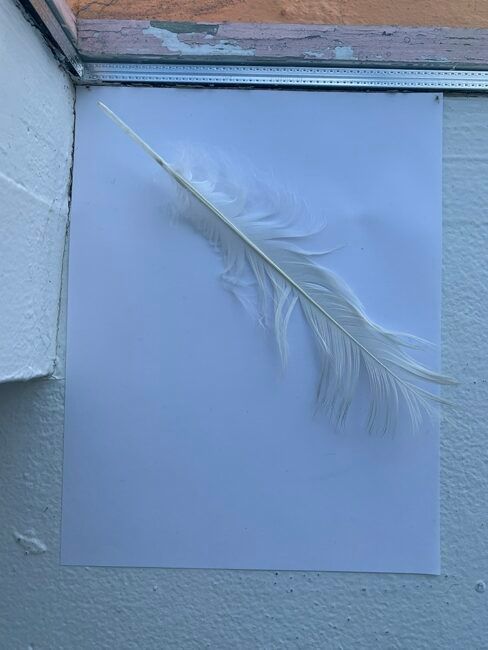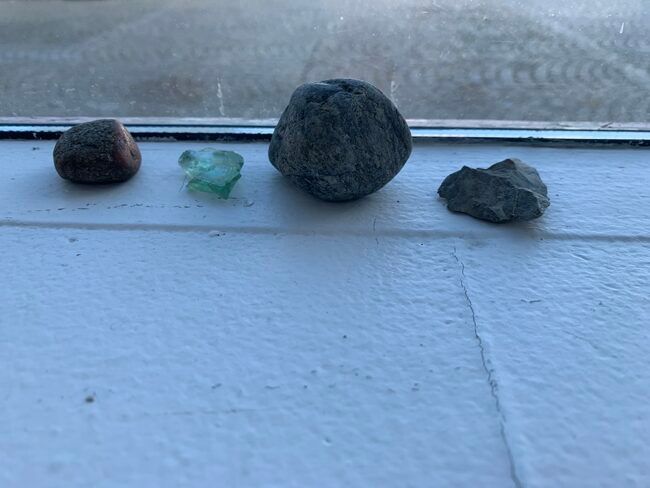I’m not sure I agree with that quote. Or, rather, I think it’s incomplete. I am still thinking of the jellyfish in the fjord. In my memory they are a smoldering dull orange, at once vivid and blurred. On my shelves I have a book called Spineless: The Science of Jellyfish and the Art of Growing a Backbone, procured on one of my recent free little library forays. I haven’t read it yet and am not sure I will. I open to page 98 and read, “But many jellyfish aren’t flat; they are bulbous round things. Or are they? Sönke said that in a lot of ways, jellyfish are two-dimensional animals made three-dimensional by the colorless jelly they are named for.”
There are always jellyfish washing up on the shore in Maine, but I don’t ever recall encountering them when swimming in those waters. I’ve only been stung by a jellyfish once, when I was in Sydney, spending the day with my friend Lee Serle, a choreographer I collaborated with on a project there. It was my first time swimming in Australia. I still remember the short, intense shock of the attack, though that, too, feels at once vivid and blurred. We calmed our (my) nerves with aperol spritzes on the seashore.
This is the description of our piece, which we called This is what we did, this is what we are doing:
“Co-existence: adjacent things colliding and departing, cycling through. Strange and intimate bodies: whose work is it anyway? A conversation between languages, pasts, and presents.”
Lee is very easy to be around, and he’s an inscrutable, quicksilver mover. I remember at the time being excited that we would continue working together. But this was in March 2020, and Sydney and Oakland are far away at the best of times. I had to leave Australia early to avoid being marooned by the global lockdown, and I remember amusing myself and probably no one else for months after with the line, “The last time I left my house I was in Australia.”


